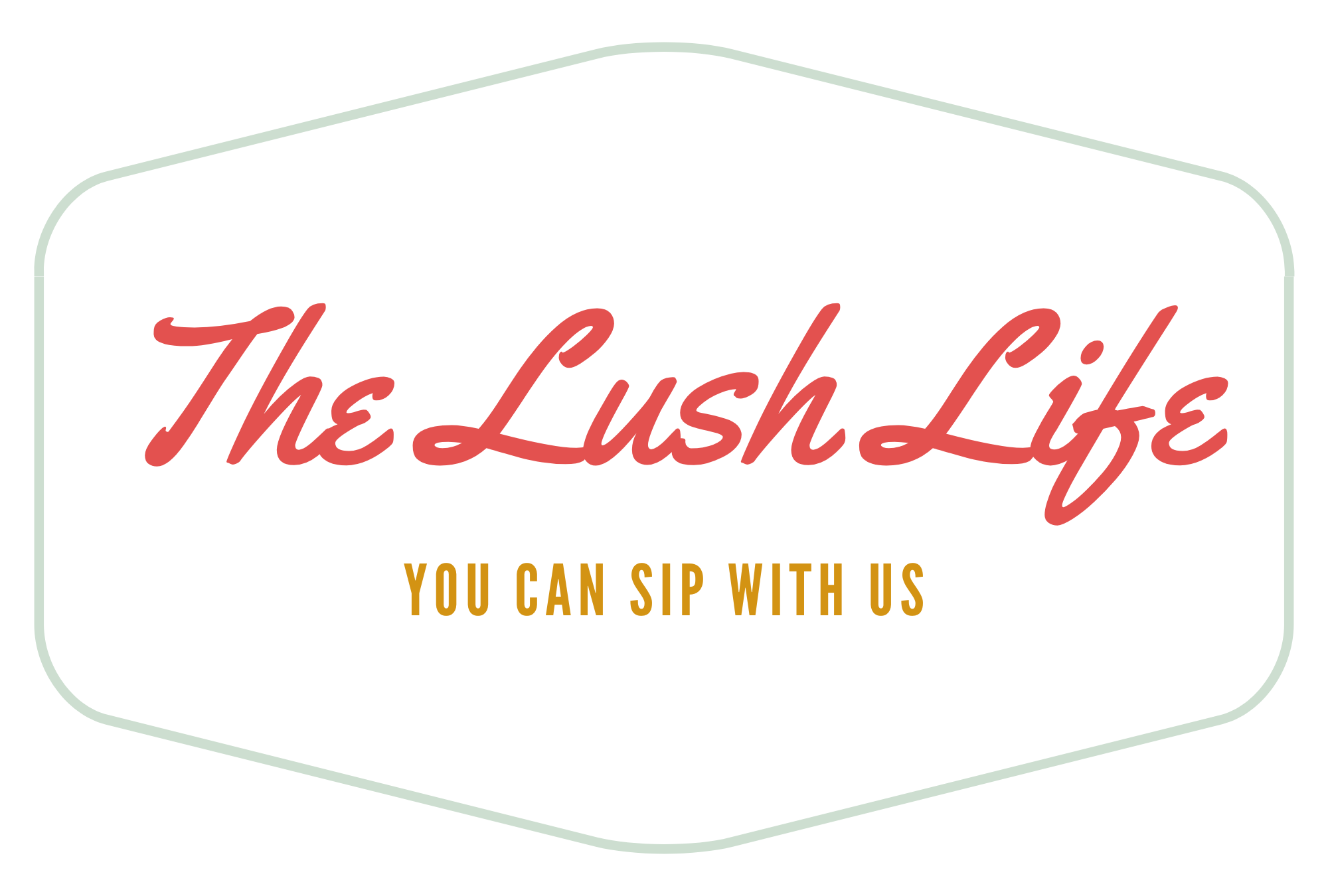How To Host Your Own Wine Tasting
You don't need to be professional sommelier to gather your friends for a fun and educational evening of wine tasting. Part of the fun of exploring the wine world is coming together to sip and share your tasting notes with the other lushes in your life! Enjoy this guest post by our friend, fellow somm/lifestyle expert/author Hillary Zio, as she shows us how to pull it all together.
You don’t have to be a wine pro to host a tasting! Gather your friends and family and follow these steps for the perfect in-home, holiday tasting.
1. Pick a theme. Maybe your family is Italian and you’d like to delve into your roots. Perhaps you’re interested in finally tasting the difference between Old and New World wines. Is Chardonnay popular among your group? Pick one from 5 different countries and have a Varietal Tasting! This is also a great idea for Cabernet or Pinot Noir lovers.
2. Time to shop. For country specific classes, select 3 whites and 3 reds from North to South or East to West. Ask the wine store clerk to help you choose varying wines within your price point. This way, all of your guests will taste and understand the many variances of wine within one country. For New vs Old World themes, grab the same grape from each and compare together. I recommend selecting wines that you don’t already know, so that you can learn alongside your guests.
3. A little research. Tasting can be hard for many at first. Why not print a Tasting Sheet with some notes or descriptors of each wine? These are easy to find on the winery’s website. Check out the back of the label, where you can often find out who distributes or imports the wine. Go to those websites, many of which are fabulous and complete with wine descriptions, history on the estates, and even pairing advice.
4. Start the tasting. Taste each wine together, and discuss the characteristics. Does the wine have more fruit or floral components? If so, which fruits or flowers? How about the quality of the fruit? Does it taste ripe, under-ripe, candied or over-ripe? What about earth, spices or herbs? You may find that several people notice the same features or “markers” in a wine.
5. Discuss structure. Does one of your wines have a structural component that clearly stands out? Consider acidity (especially with the whites) and tannin (especially with the reds), then converse. Your guests may notice something new about their palate. A full bodied-wine will coat the whole palate (like drinking heavy cream), while a light-bodied wine feels more like water. A long finish is apparent when the flavors of the wine lingers in the mouth long after you’ve had a sip.
You can learn more about teaching a wine class in my book, “The Unfiltered Guide to Working in Wine.” I also cover careers in restaurants, retail, wholesale, winery and much more. A great stocking-stuffer for the wine lover on your list who should just work in the industry already! Find it on Amazon here:
The Unfiltered Guide To Working in Wine
Cheers,
Hillary




